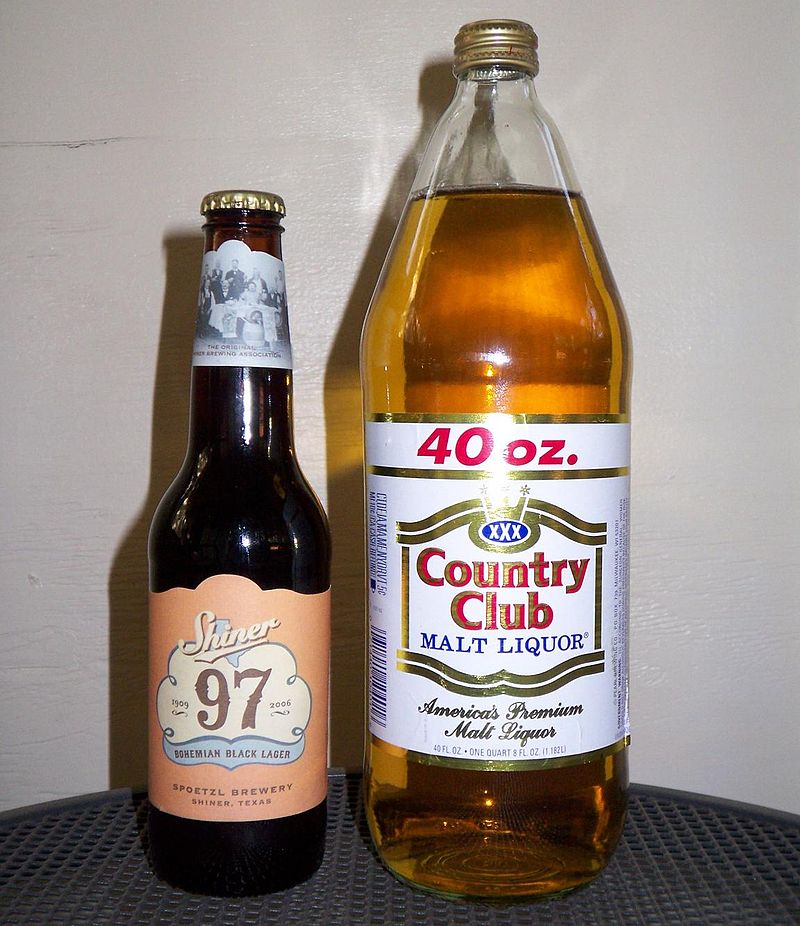Seawall Bar: The Very Best Beverages with an Ocean View in Galveston
Seawall Bar: The Very Best Beverages with an Ocean View in Galveston
Blog Article
The Ultimate Distillery Experience: From Grain to Glass, Everything You Required to Know
Beginning on a journey with the complexities of the distillery process reveals a world where scientific research satisfies artistry in the production of spirits. From the careful option of grains to the precise crafting of each container, every step in the production line plays a critical role in shaping the last product that enhances our glasses.
The Art of Grain Selection
Picking the perfect grains is an important action in the distillation process, determining the taste profile and high quality of the final product. The kind of grain picked significantly affects the character of the spirit being produced - Breweries in Galveston Texas. Typical grains made use of in purification include barley, corn, wheat, and rye, each conveying distinct flavors and qualities to the final product

Beyond taste considerations, the high quality and purity of the grains are extremely important. Distillers meticulously source grains to ensure they are devoid of impurities and have the necessary starch content for fermentation. By mastering the art of grain choice, distillers lay the foundation for producing phenomenal spirits that astound the palate.
Distillation Process Demystified
Having actually established the structure with thorough grain selection, the distillation procedure arises as the transformative stage where the significance of the chosen grains is unlocked and improved into a perky form. The process does not finish there; multiple purification runs or added steps such as maturing in barrels might further fine-tune the spirit, boosting its personality, intricacy, and flavor. Comprehending the intricacies of the distillation procedure is crucial for producing top notch spirits that captivate enthusiasts and lovers alike.
Barrel Aging and Taste Development
During the barrel aging process, spirits go through a transformative trip as they interact with the wood, taking in nuanced tastes and creating an abundant complexity. The type of wood used, usually oak, dramatically influences the final taste of the spirit. Oak barrels are favored for their distinct residential or commercial properties that improve the taste account. As spirits age in the barrels, they draw see this here out substances such as vanillin, lignin, and tannins from the timber, adding to the advancement of scents like vanilla, caramel, flavor, and even hints of toasted oak.
The permeable nature of timber also makes it possible for the spirit to breathe, facilitating the assimilation of flavors over time. Depending on the duration of aging and ecological conditions like temperature and humidity, spirits can obtain various attributes, from refined wood notes to deep, complicated tastes that make each set distinct.
Workmanship in Bottling and Identifying
As spirits reach their optimum taste profiles via barrel aging, the precise workmanship in identifying and bottling becomes the next essential step in offering a costs product to customers. The procedure of bottling and labeling is an essential element of the total distillery experience, as it is the final touchpoint before the product gets to the hands of customers (Seawall Bar). Craftsmanship in bottling includes making certain that each container is filled exactly with the spirit, taking right into account factors such here as consistency in fill levels and the avoidance of any kind of contaminations entering the bottle

Tasting and Appreciating Fine Spirits
To totally value fine spirits, one must involve all the senses in a intentional and mindful tasting experience. When sampling penalty spirits, it is necessary to start by observing the spirit's appearance. Swish the spirit in your mouth to totally experience its structure and taste.
Final Thought
Finally, the distillery experience includes the elaborate art of grain selection, the accurate distillation procedure, the transformative barrel aging, the thorough craftsmanship in bottling and labeling, and the sophisticated practice of sampling and appreciating fine spirits. Each action in the production process plays a crucial function in creating high-grade spirits that mesmerize the detects and delight lovers worldwide.
The kind of grain chosen substantially affects the character of the spirit being created. By understanding the art of grain selection, distillers lay the structure for developing extraordinary spirits that astound the palate.

Report this page